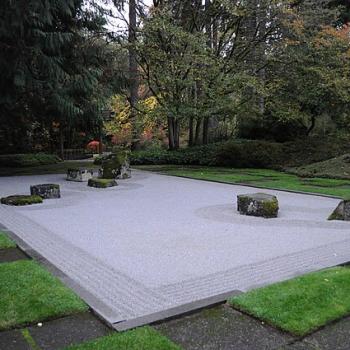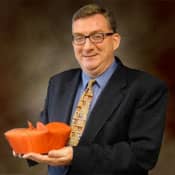In Baltimore, it was said of Sister Camillus Byrne, who worked there for nearly thirty years:
There was not an urchin in any lane or alley for miles around the convent, not a convict in the Penitentiary, or an outcast in the House of Correction, who did not know Sister Camillus . . . The number of lives she reformed through her instrumentality, of conversions effected by her zeal, and of souls led to embrace the faith by her instructions, is known only to God.
The Sisters meant business. Mother Patricia Waldron, who worked for decades in Philadelphia, told her Sisters: "We came here to serve the poor and the sick and the ignorant." In New York harbor, Mother Agnes O'Connor took immigrant girls directly from the ships, trained them and placed them in jobs. "Of these," it was said, "she saved thousands."
They were also among the very first women active in prison ministry. One prisoner at Sing-Sing said of them:
Here are the questions they ask us:
"How long have you been here?" Never, "What crime did you commit?"
"Have you mother, sister, wife or children?"
"Are they destitute?"
"What can we do to help them?"
The work affected the Sisters deeply. In San Francisco, Mother Baptist Russell, a formidable woman in her own right, was said to "shed bitter tears...at the thought of the wretchedness she had witnessed and the little she could do to relieve it.
They made a difference. Within a century of Catherine McAuley's death, her Sisters formed the largest English-speaking women's religious community, the majority in America. Today the Mercy charism is alive and well in their schools and colleges, in their hospitals and healthcare institutions, and most of all in their commitment to God's least, wherever they are found.





